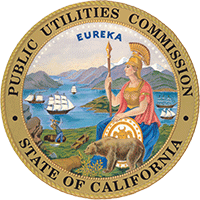IDSM
Current 2023 IDSM:
In the 2023 EE Portfolio Business Plan, it was discussed that historically, IDSM had focused on integration of EE and DR approaches (in D.18-05-041), but moving forward, could include fuel substitution, self-generation, and storage as well. It is stated in this decision that IDSM funding should not be used on event-based demand response approaches and that the goal is to promote ongoing load shifting that reduced peak consumption. We are at a time where we need to transform the way customers understand, use, and manage their energy use through an integrated approach.
IDSM Through the Years:
2018-2023: In the 2018 EE Rolling Portfolio Business Plan, Commission staff proposed to repurpose the Integrated Demand Side Management (IDSM) budget to fund limited integration aspects of Energy Efficiency (EE) and Demand Response (DR) portfolios. The goal was to gain additional demand response value for little incremental cost since IDSM funds are primarily used for DR when EE investments are already being made.
Pre-2018: Beginning in 2007 with D.07-10-032, the Commission required the utilities to integrate their customer demand side programs, such as energy efficiency, self-generation, advanced metering, and demand response coherently and efficiently. This integration evolved over several years, with new milestones and outputs for IDSM programs being introduced in D.09-09-047 for future program cycles.
Other Resources:
RECENT NEWS AND MEETINGS
- IDSM programs will need to be proposed by PAs through the submission of Tier 3 advice letters no later than March 15, 2024, for programs to be launched during the portfolio period (2024-2027)
IDSM - QUICK LINKS
